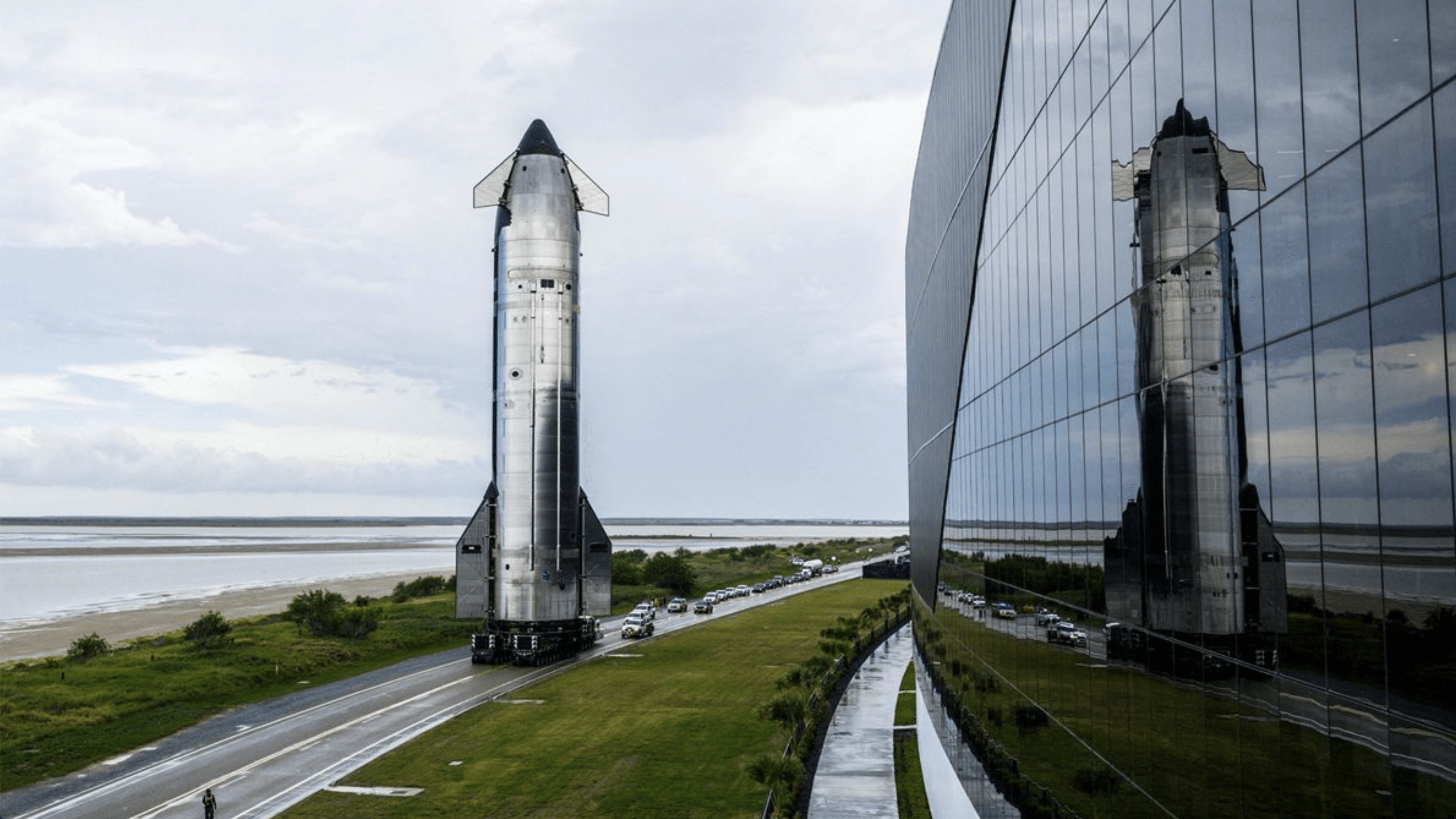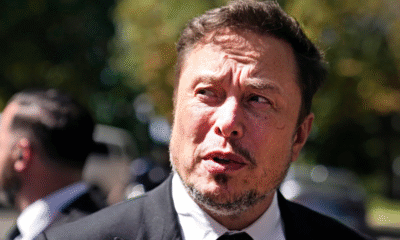News
SpaceX Scraps Starship’s 10th Test Flight, Dealing Another Blow to Elon Musk’s Mars Ambitions
SpaceX has a history of rebounding from failure. Its Falcon 9 rocket, now the workhorse of global launches, also endured multiple high-profile explosions before achieving reliability. SpaceX hopes Starship will follow the same path — but with NASA’s Artemis program and Elon Musk’s Mars vision on the line, the pressure has never been higher.
Billionaire entrepreneur Elon Musk’s space exploration company SpaceX has been forced to call off the much-anticipated 10th test flight of its Starship megarocket, just 30 minutes before liftoff at its Texas launch facility. The cancellation, announced Sunday, was attributed to a technical issue with ground systems that required troubleshooting.
SpaceX confirmed it would attempt the launch again on Monday, but the abrupt halt underscores the persistent hurdles facing Elon Musk’s most ambitious project — building a fully reusable spacecraft designed to ferry humans to the Moon, Mars, and beyond.
A History of Explosive Setbacks
Starship has been plagued with difficulties since its earliest test flights. Several launches earlier this year ended in fiery explosions, with failed attempts in January, March, and May. In June, a static fire test — designed to check engines without liftoff — ended with the rocket exploding on the launchpad.
While SpaceXSpaceX has successfully landed its Super Heavy booster in dramatic catch-arm tests and ocean landings, the upper stage of Starship has so far failed to complete a mission. The rocket has neither delivered a payload to space nor managed a safe return.
Why Starship Matters
At 403 feet (123 meters) tall, Starship is the largest and most powerful rocket ever built. Its significance goes far beyond SpaceX’s commercial satellite ambitions. NASA has contracted a customized Starship to land astronauts on the Moon as part of its Artemis program, scheduled for later this decade. For Elon Musk, Starship is central to his long-stated dream of making humanity a “multi-planetary species” by colonizing Mars.
Sunday’s planned test flight was supposed to demonstrate several key capabilities. After liftoff, Starship’s upper stage would have separated from the Super Heavy booster. While the booster targeted a soft landing in the Gulf of Mexico, the upper stage was expected to release mock Starlink satellites and attempt a suborbital burn to prove its engines could reignite in space.
Watch Starship’s tenth flight test → https://t.co/UIwbeGoo2B https://t.co/BFrpQPQFUw
— SpaceX (@SpaceX) August 26, 2025
Even if the next attempt succeeds, SpaceX faces daunting challenges. Engineers must prove Starship can be rapidly reused at low cost, perform in-orbit refueling of super-cooled propellant, and withstand the stresses of deep-space missions. Each delay pushes Musk’s ambitious Mars timeline further into the future.
Still, SpaceX has a history of rebounding from failure. Its Falcon 9 rocket, now the workhorse of global launches, also endured multiple high-profile explosions before achieving reliability. SpaceX hopes Starship will follow the same path — but with NASA’s Artemis program and Elon Musk’s Mars vision on the line, the pressure has never been higher.
For now, fans and critics alike must wait until Monday’s rescheduled attempt to see if SpaceX can finally push Starship closer to the stars — or if Musk’s mega-rocket will face yet another setback on the launchpad.





































